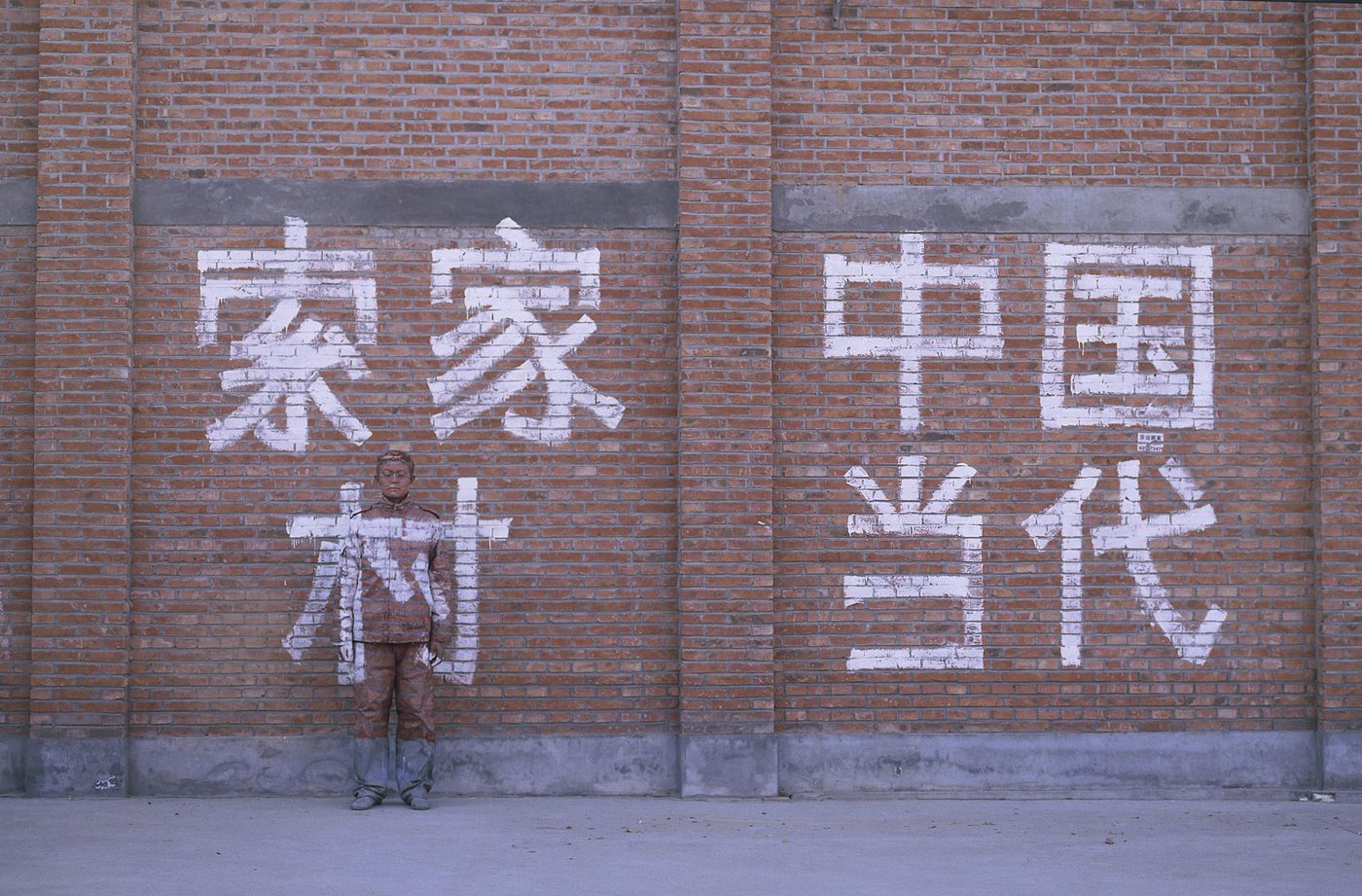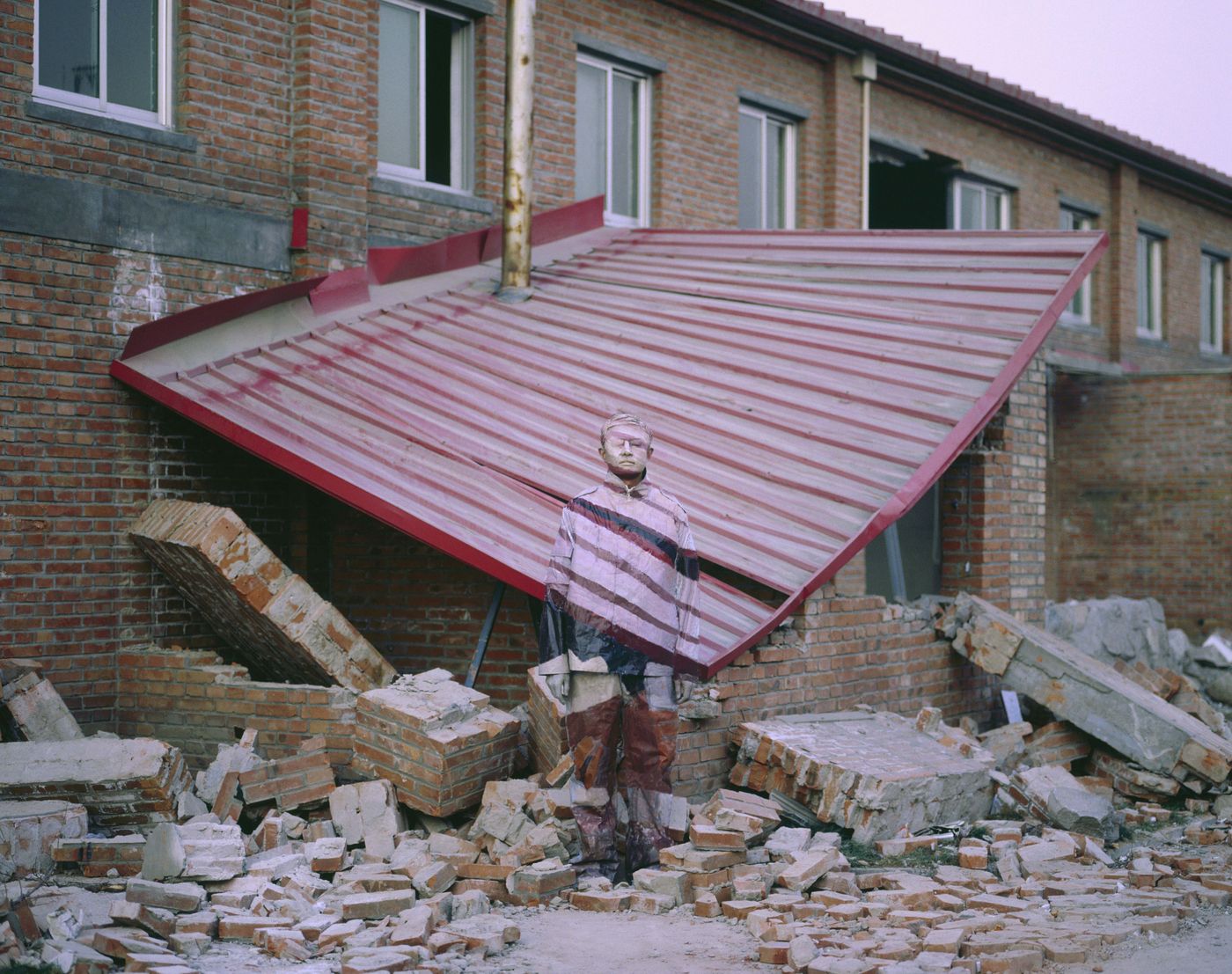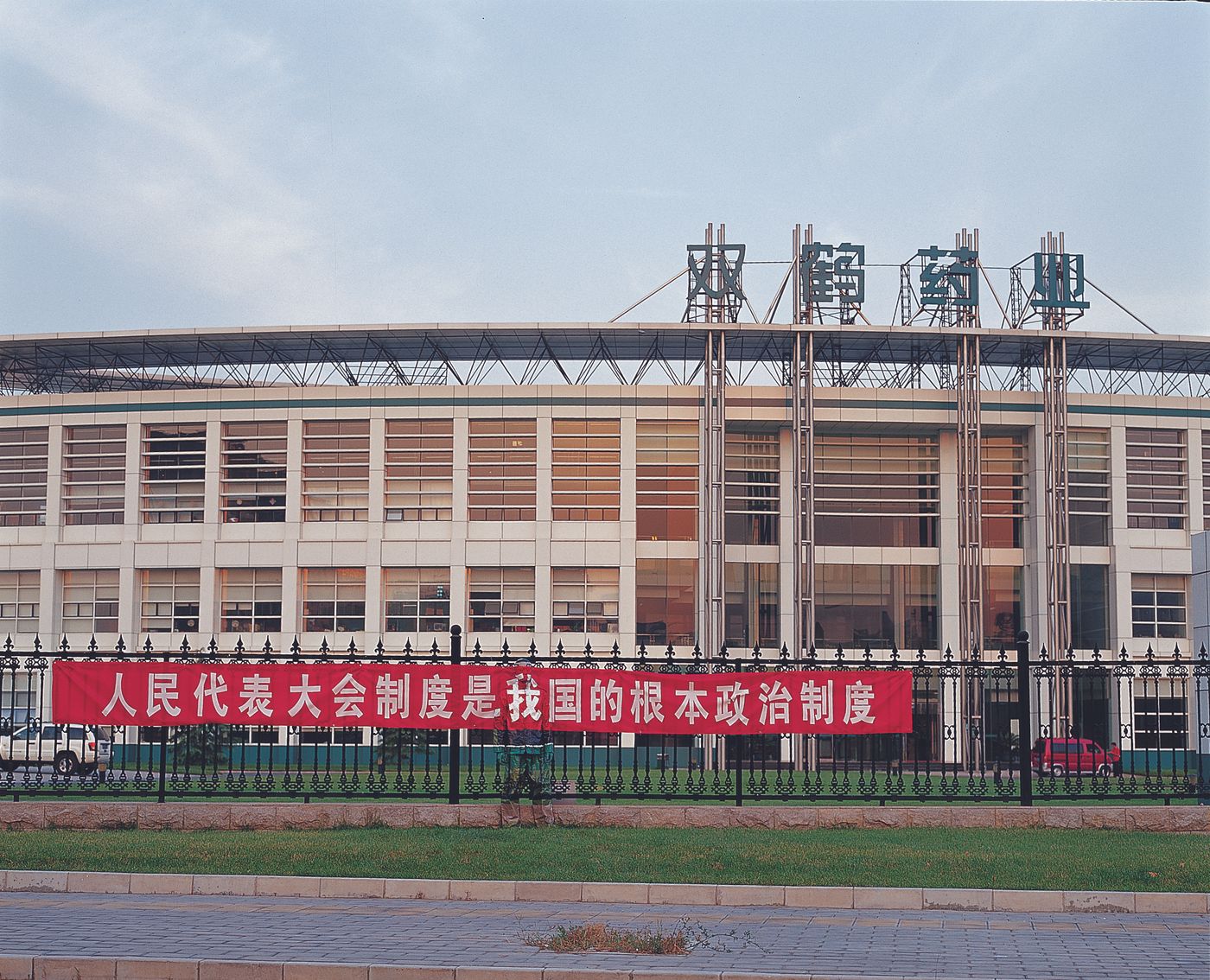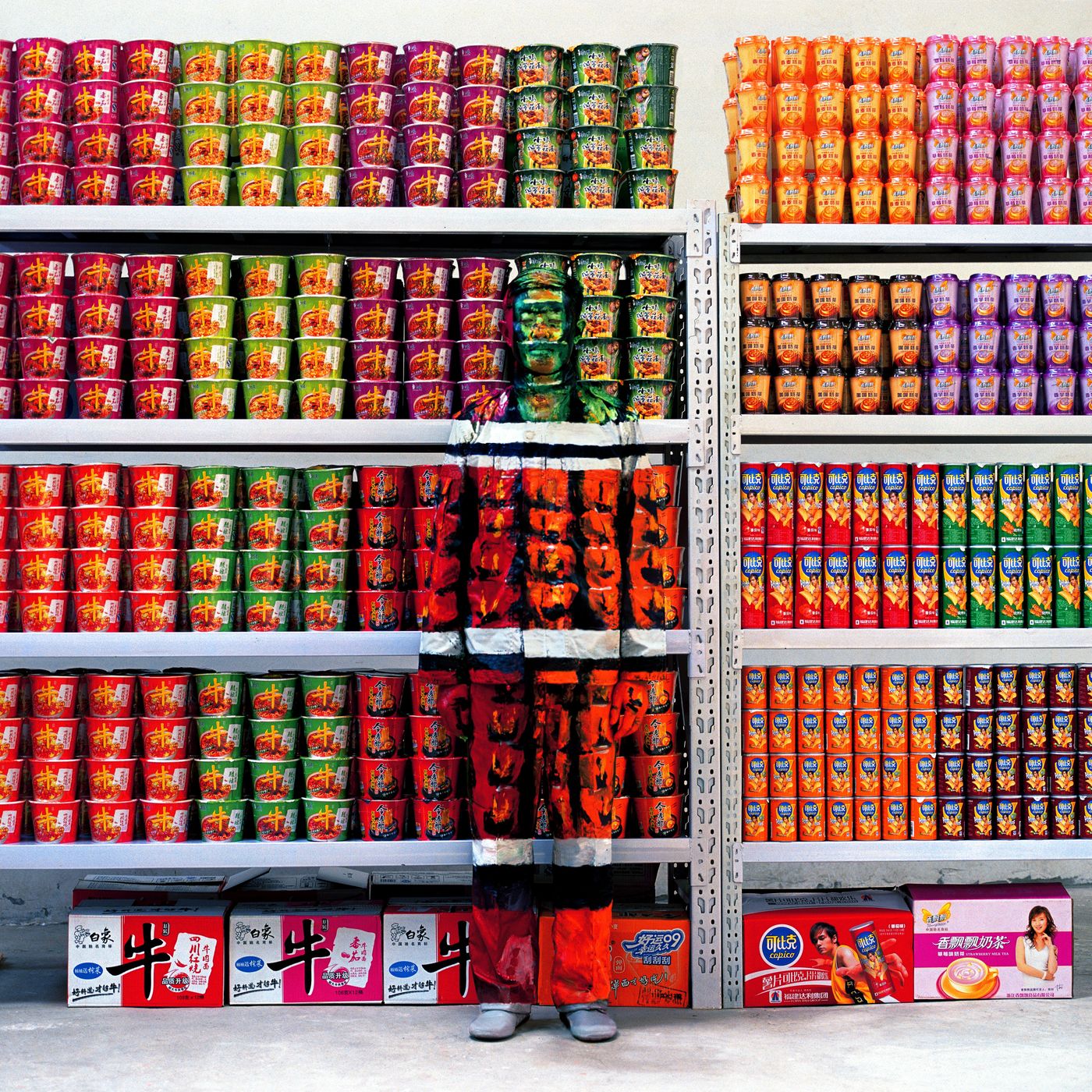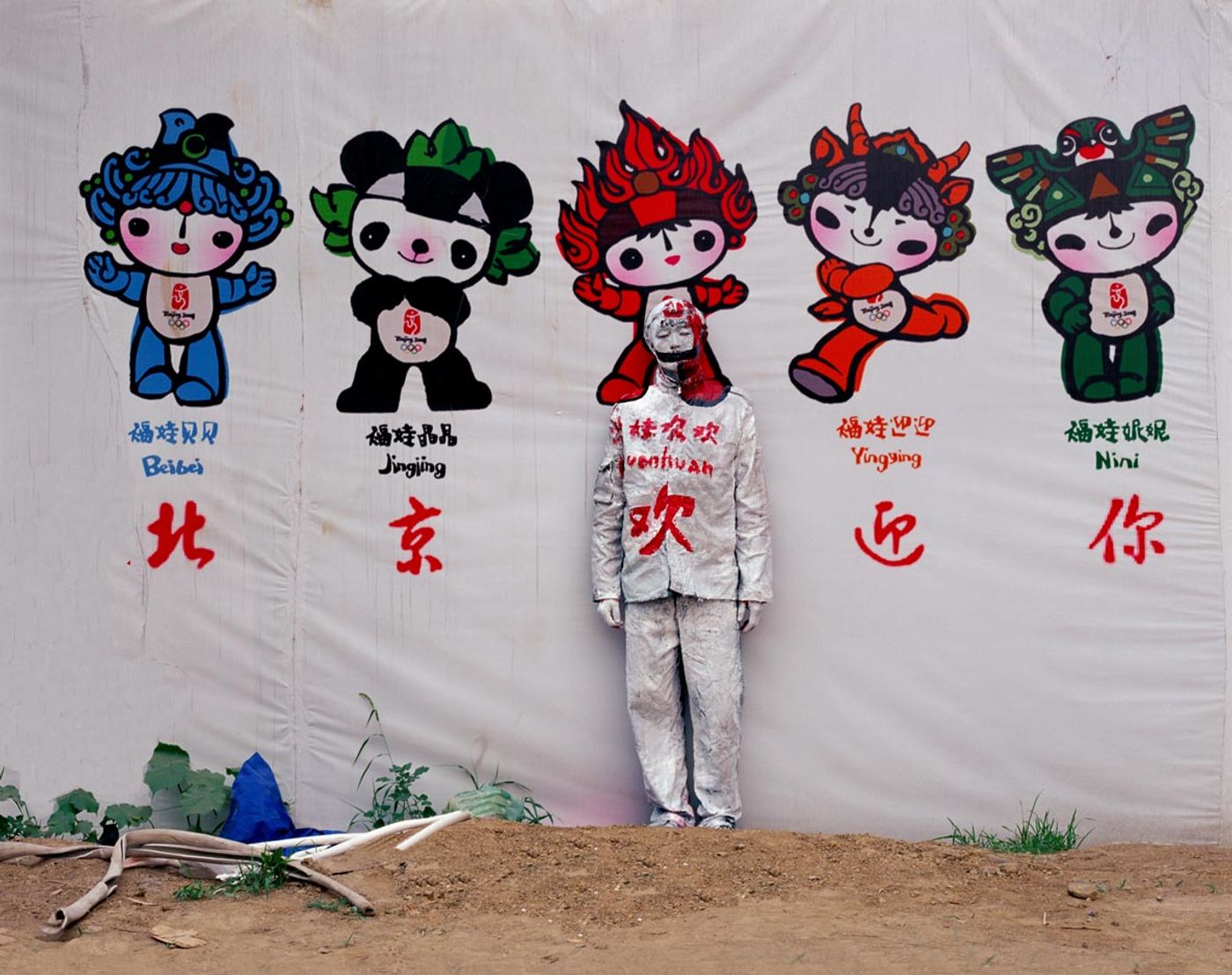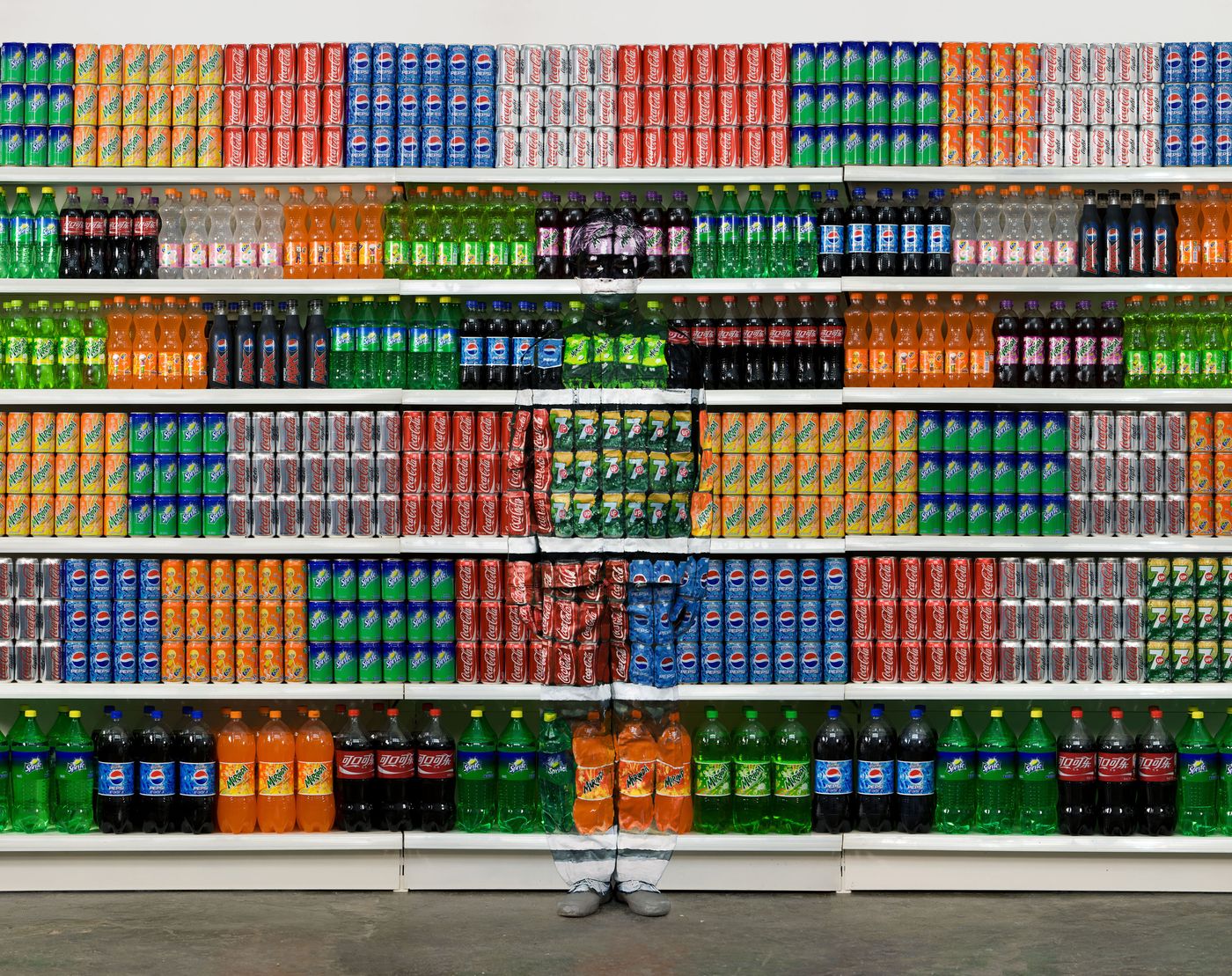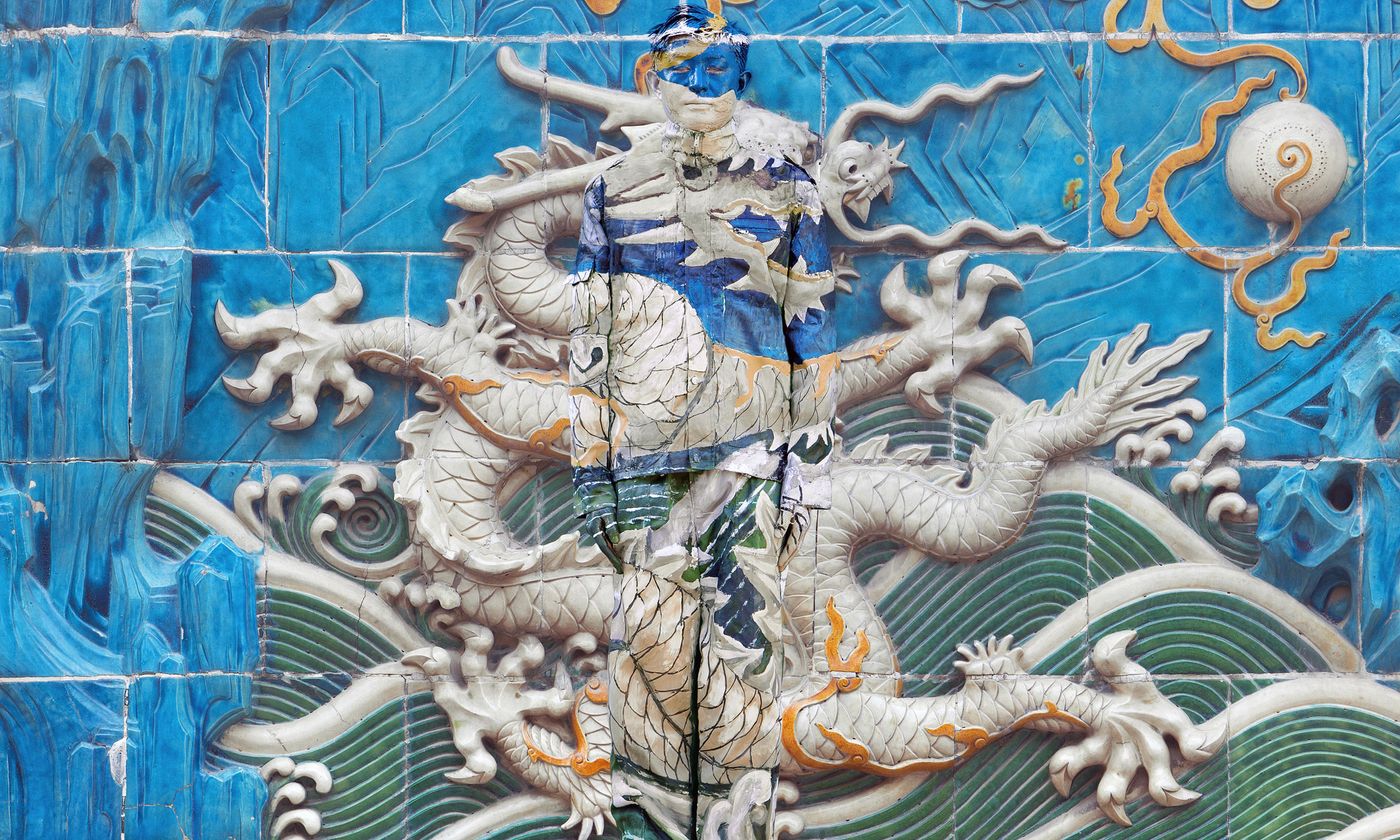
Liu Bolin: The Invisible Man Talks to Yatzer
Words by Stefania Vourazeri
Location
Shandong, China
Liu Bolin: The Invisible Man Talks to Yatzer
Words by Stefania Vourazeri
Shandong, China
Shandong, China
Location
In an exclusive interview with Yatzer, Chinese artist Liu Bolin, internationally known as the Invisible Man, delves into the concepts behind his Hiding in the City (HITC) series, his perspectives on Chinese society, and his unique artistic practice. With a BA from Shandong University of Arts and an MFA from the Central Academy of Fine Arts in Beijing, Liu uses his work to critique China’s rapid development and its implications for contemporary art. Here’s a deeper look at his fascinating journey.
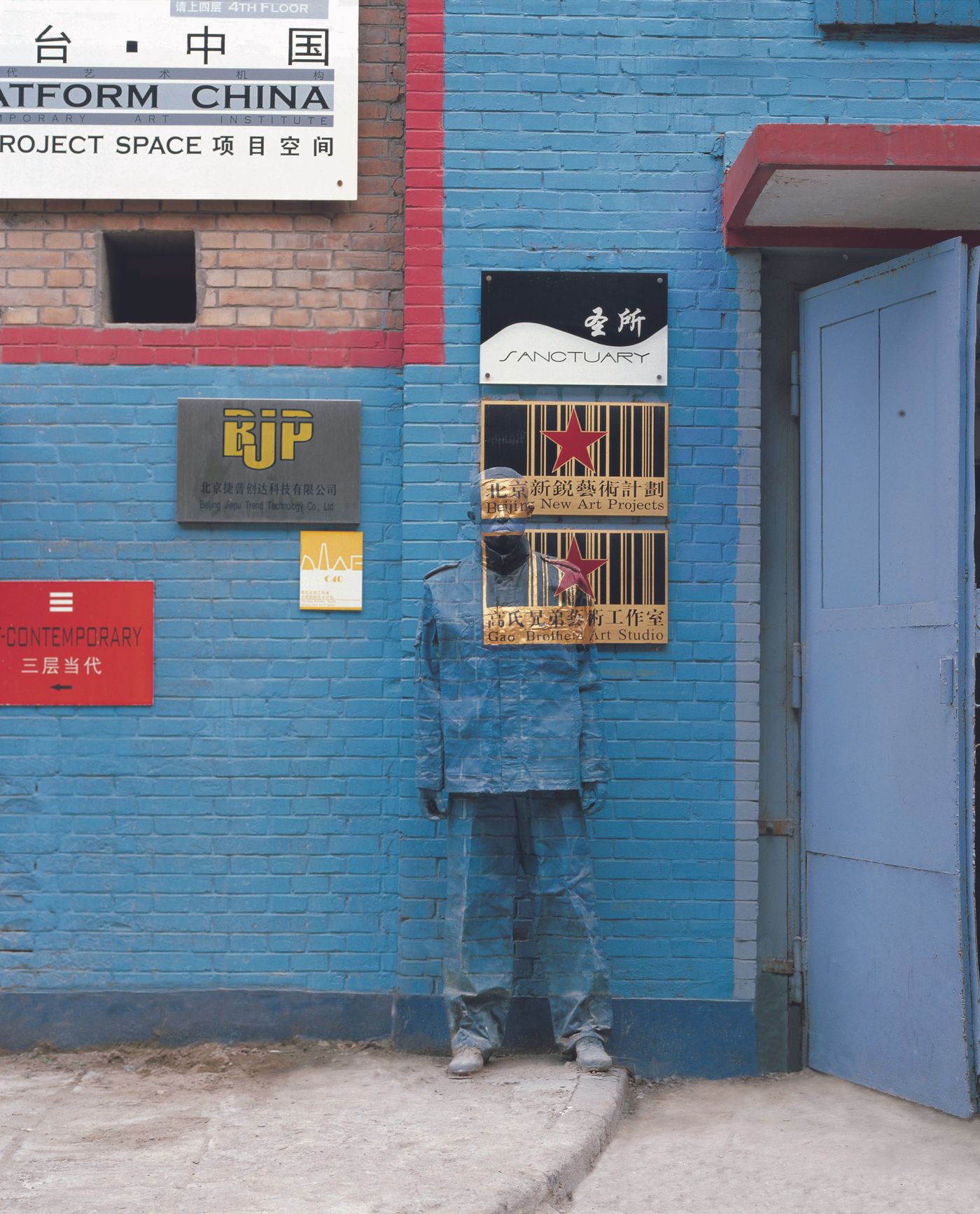
Hiding in the City No. 15, 2006, © Liu Bolin
Courtesy of Eli Klein Fine Art Gallery
What inspired your Hiding in the City series? How did it all begin?
After graduating, I experienced a period of profound isolation. For four years, I had no family, job, or love in my life. It felt as though society had discarded me—I had no place or meaning within it. This personal alienation became the emotional foundation of the series. The project itself began on November 16, 2005, when the Suojia Village, Asia’s largest artist community, was forcibly demolished by the government. Witnessing this injustice, I began the series as a form of opposition, highlighting the precarious state of artists in Chinese society.
Why do you choose specific urban environments for your work?
China’s Communist dream relies on slogans and propaganda written in capital letters on walls to shape public thought. These slogans brainwash and benefit those in power while fooling the public. My work places my body in conversation with these slogans, representing the relationship between the individual and societal manipulation. I aim to remind people to question the environment they inhabit and to think critically about the messages they are exposed to daily.
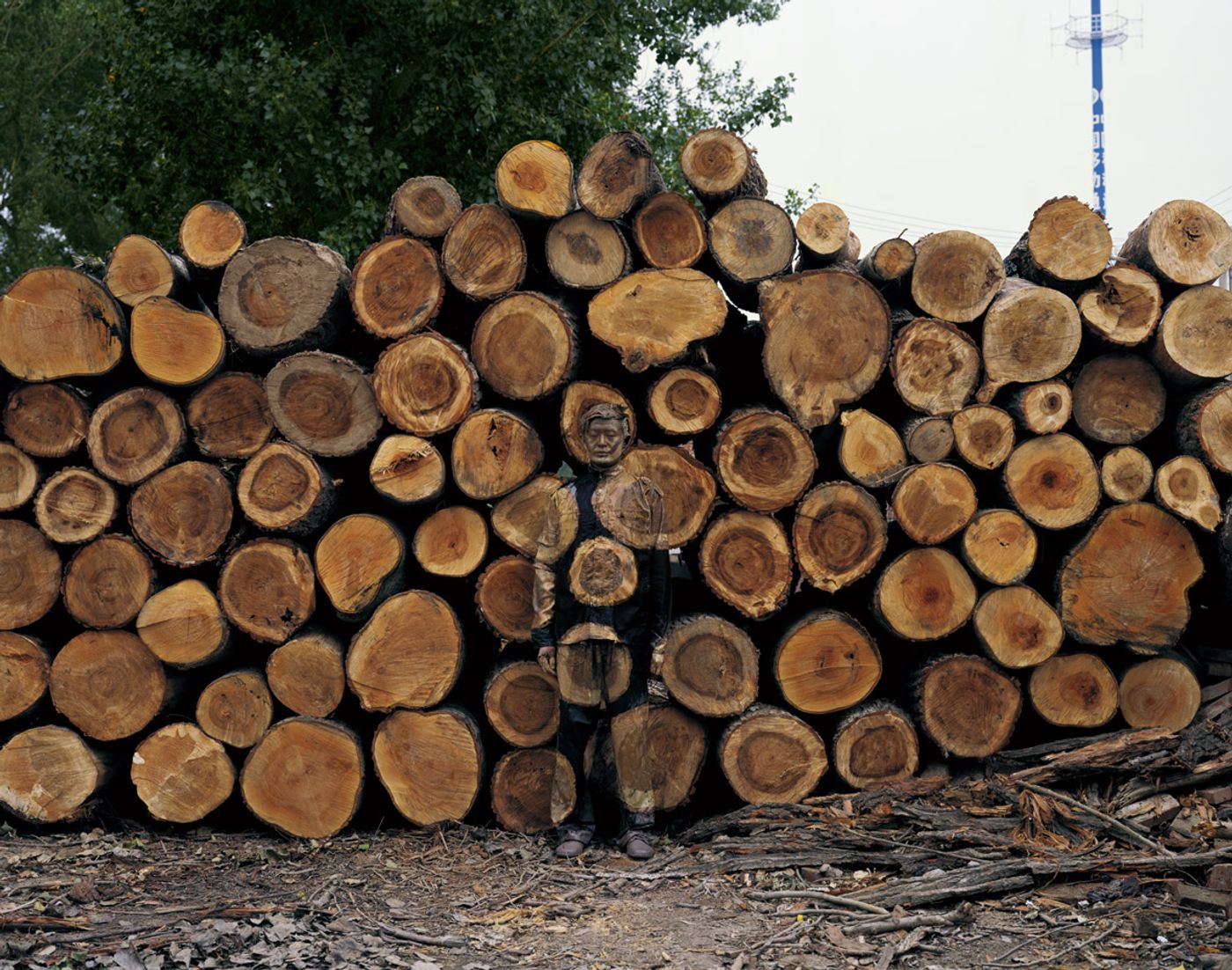
Hiding in the City No. 88- Sawmill, 2010, © Liu Bolin
Courtesy of Eli Klein Fine Art Gallery
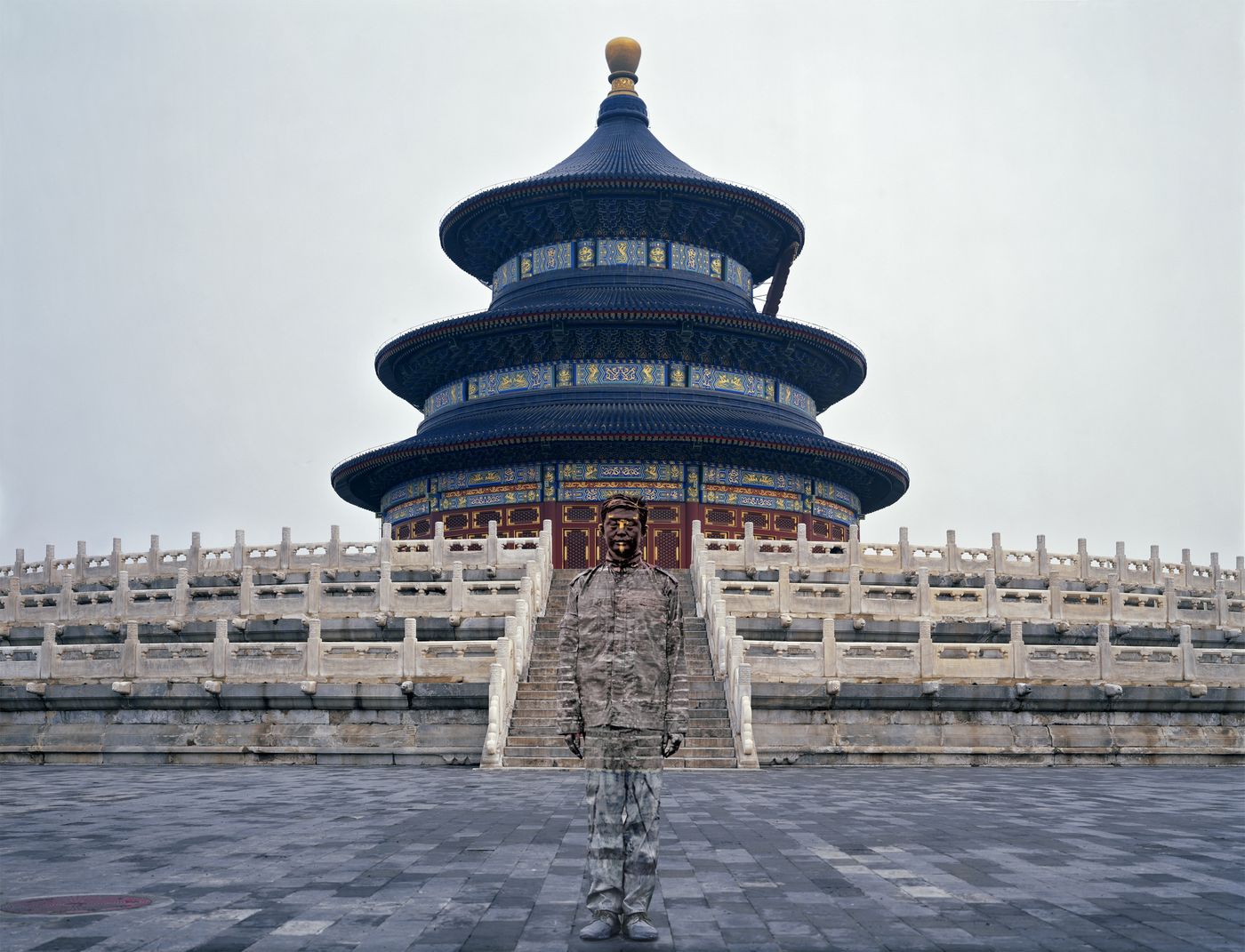
Hiding in the City No. 92- Temple of Heaven, 2010, © Liu Bolin
Courtesy of Eli Klein Fine Art Gallery
How do you select your sites?
My work documents the evolving history of Chinese society. I focus on locations tied to slogans from the Cultural Revolution that still linger today. By examining China’s trajectory, I ask: How is our society developing? What are its challenges? Where are we heading? These questions guide my site selections.
What does it feel like to become a blank canvas?
When creating a piece, I must stand still as my assistants paint me to match the background. This requires intense willpower. While performing, I feel as though I’m battling my own nature, standing in defiance for my beliefs and ideals. The process is both physical and philosophical, and I enjoy the challenge.
Why do you use photography as your primary medium?
Photography is the best medium to capture the essence of my work. My pieces don’t rely on ornamental value but on the impact of the final image. The photograph effectively conveys my artistic vision and its intended message.
How long does it take to complete a piece, and how much assistance do you require?
It takes 3–4 hours to complete a piece. My assistants handle the painting and photography while I remain stationary. Although I don’t physically paint or shoot, I am the one who conceptualizes the site, guides the process, and ensures everything aligns with my vision. Each piece is a meticulous collaboration guided by my creative direction.
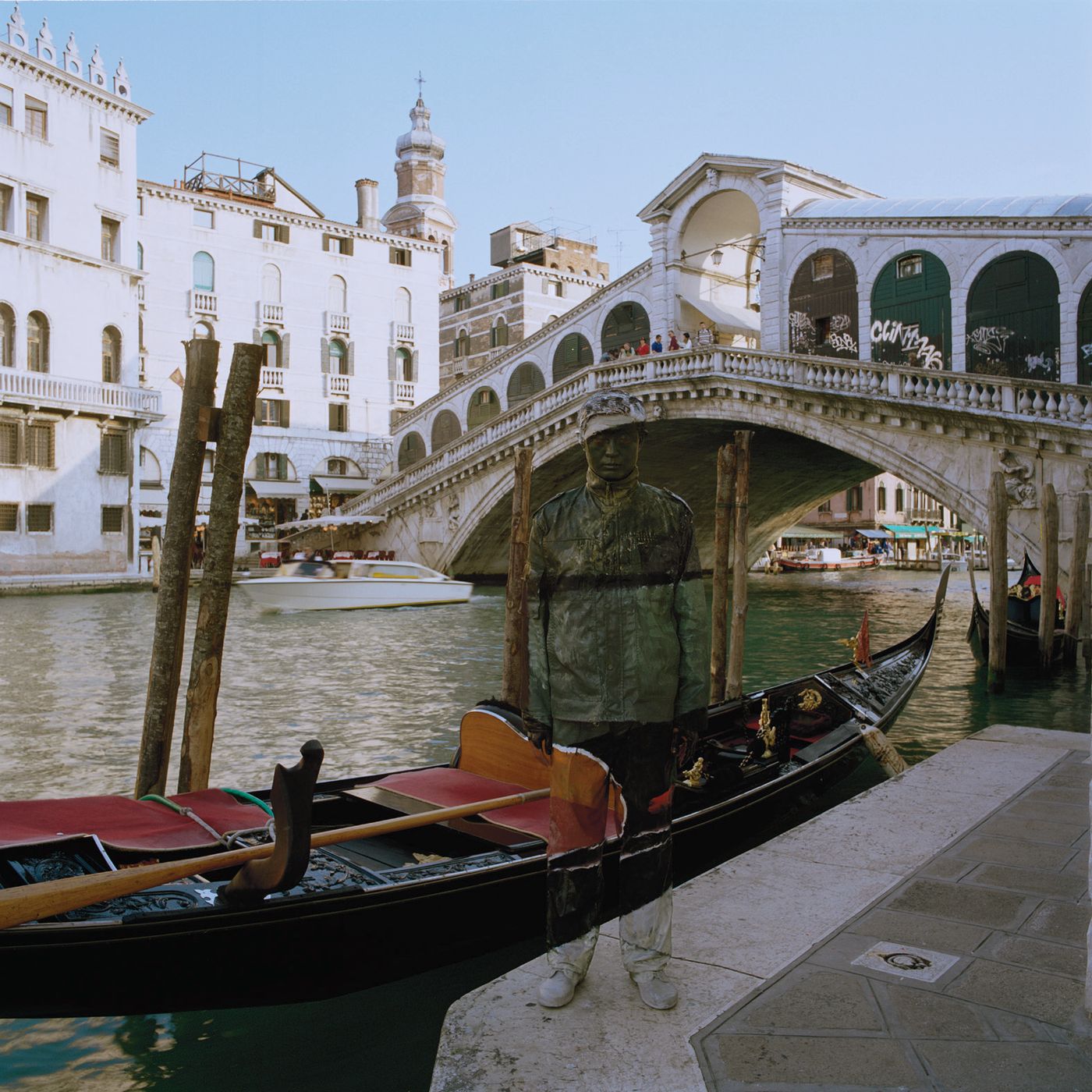
Ponte di Rialto, 2010, © Liu Bolin
Courtesy of Eli Klein Fine Art Gallery
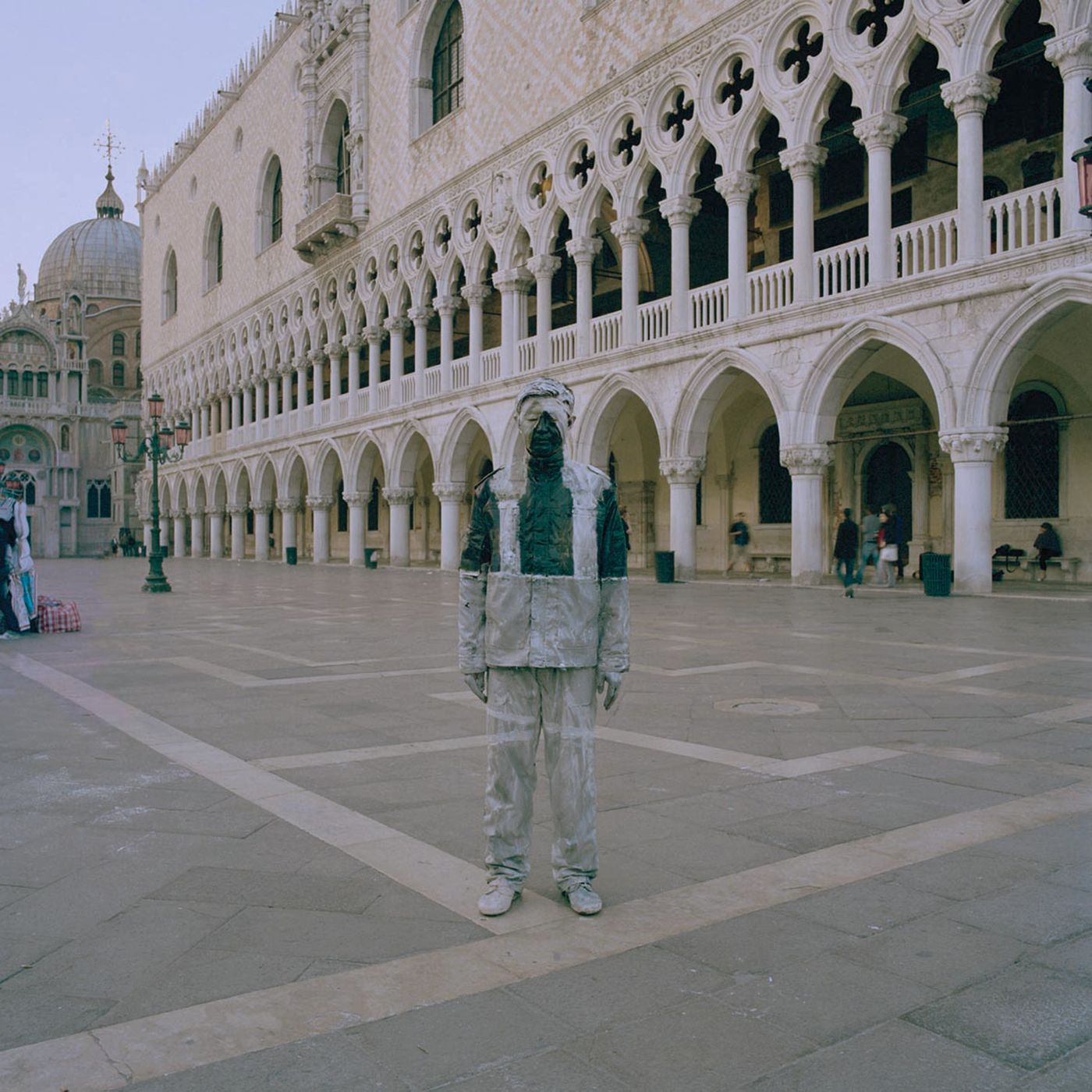
Piazza San Marco, 2010, © Liu Bolin
Courtesy of Eli Klein Fine Art Gallery
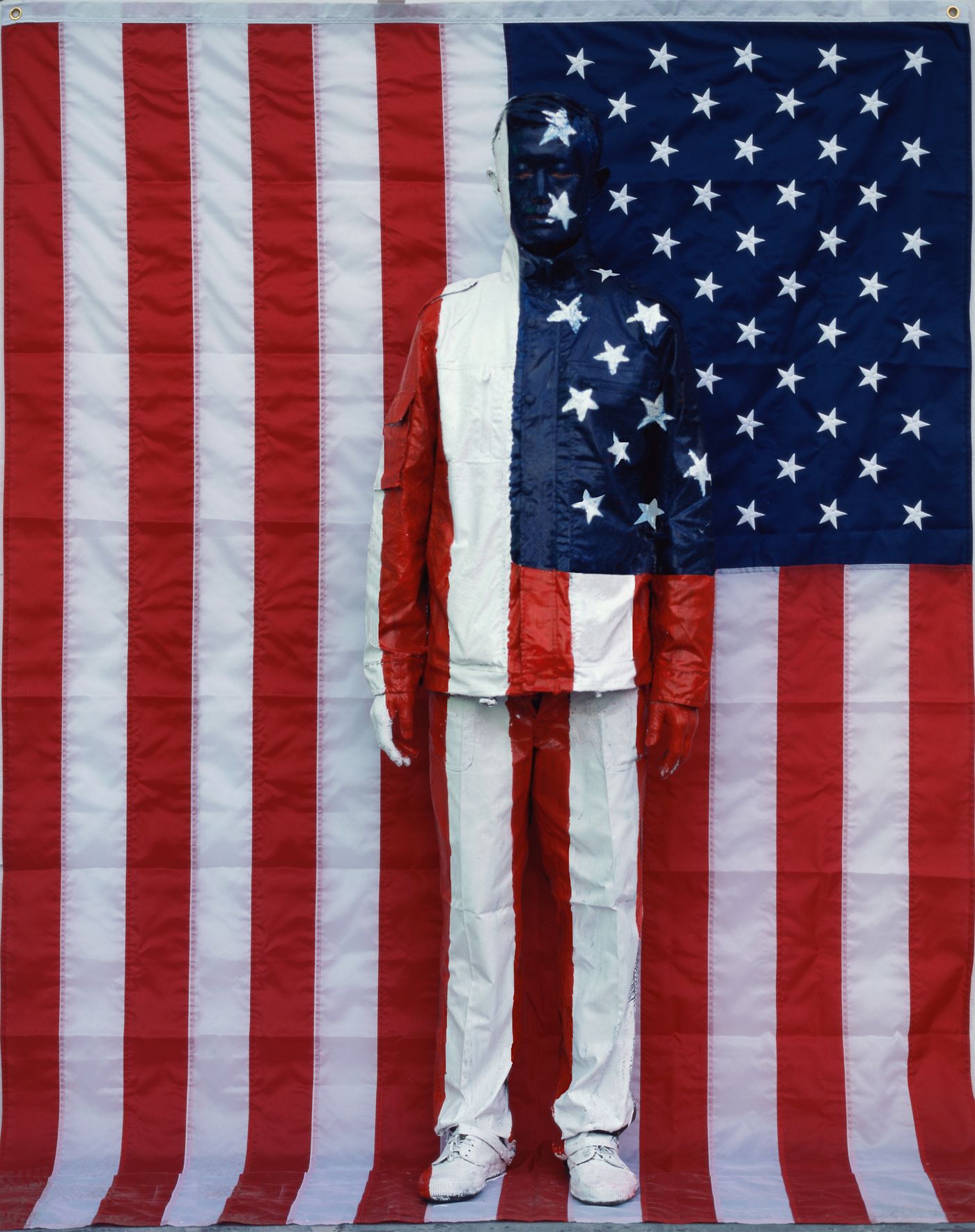
Hiding in the City No. 38- Control the Fourth Peak of the Population, 2006, © Liu Bolin
Courtesy of Eli Klein Fine Art Gallery
What message do you aim to convey through your work?
In my world, people exist as powerless individuals. We cannot choose our birthplace, the air we breathe, or the education we receive. People are shaped by their environments, often unable to think independently or control their lives. My work reflects this helplessness and alienation, urging viewers to confront their reality and seek their true selves.
Do you consider yourself a political artist?
Given the politically charged environment I live in, my work inevitably carries political undertones. Art has the power to influence society positively by provoking thought and reflection. My pieces, born from events like the forced demolition of Suojia Village, embody doubt, resistance, and a critique of fate. While my work addresses political themes, its ultimate goal is to help people understand and engage with their environment.
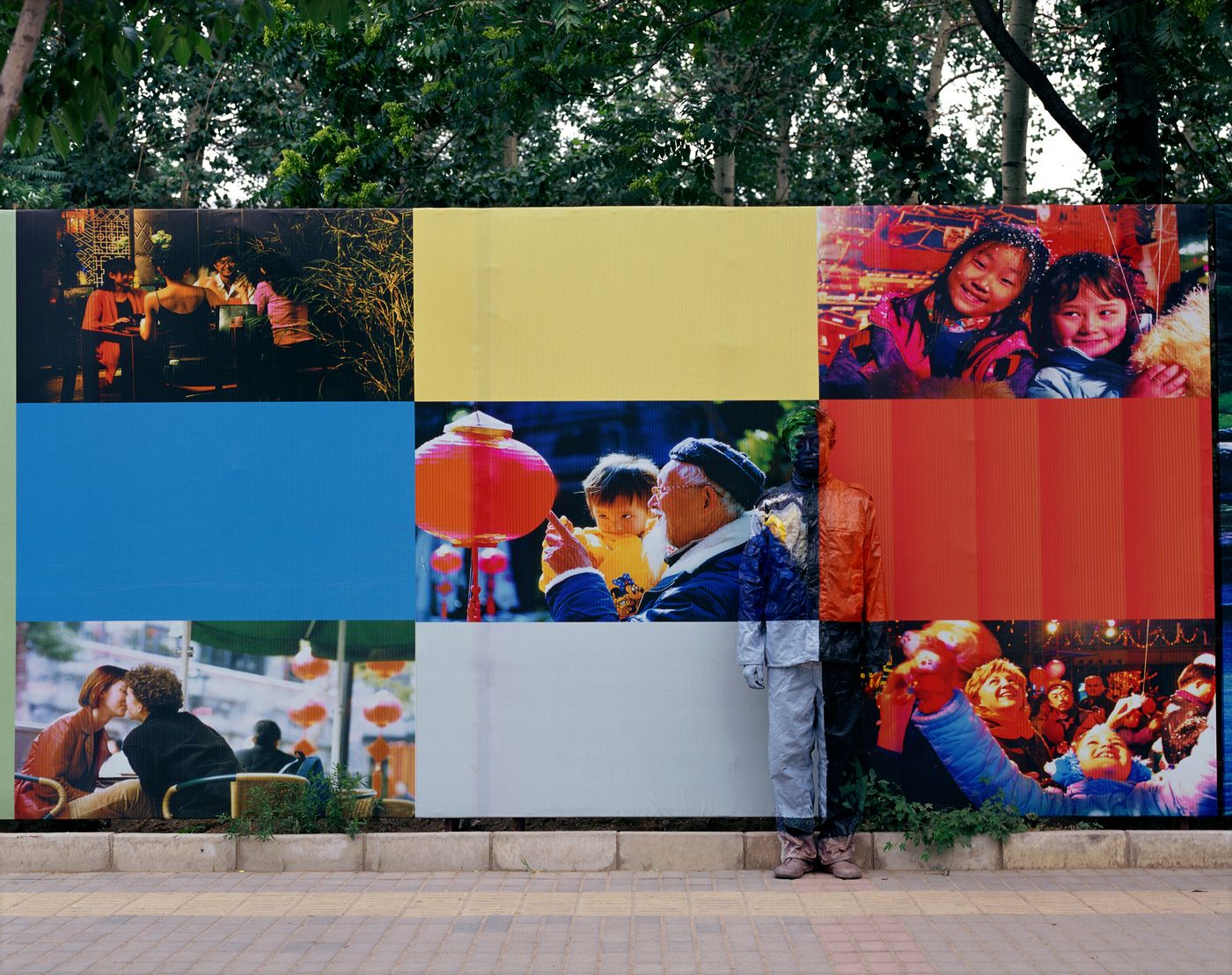
Hiding in the City No. 50- Construct Harmonious Society Together, 2007, © Liu Bolin
Courtesy of Eli Klein Fine Art Gallery
What is your perspective on China’s development today?
China’s economic recovery has garnered global respect, but it has also brought significant issues like environmental pollution, wealth disparity, and blind materialism. While development is essential, these challenges must not be overlooked. Art plays a crucial role in fostering a more open and reasonable society by encouraging critical dialogue.
What challenges do Chinese contemporary artists face
Choosing to be an artist in China often means choosing loneliness. As an artist, you have no position in society and must confront the reality that you might one day have nothing. For performance artists, the body is the only tool available—a last card to play. This requires immense mental strength and resilience.
What reactions do you get from passersby during your performances?
Initially, people are curious and confused, but after some discussion, they begin to understand my work. These moments of interaction are vital for fostering a greater acceptance of contemporary art in society.
Is it difficult for Chinese artists to gain international recognition?
Yes, as contemporary art in China is still in its infancy. We’ve learned from abroad, but we must now focus on our unique societal realities to develop a distinct artistic identity. Moving forward, we must address three key areas: engaging deeply with Chinese life, thinking responsibly about societal issues, and evolving beyond certain traditions that limit creative exploration.
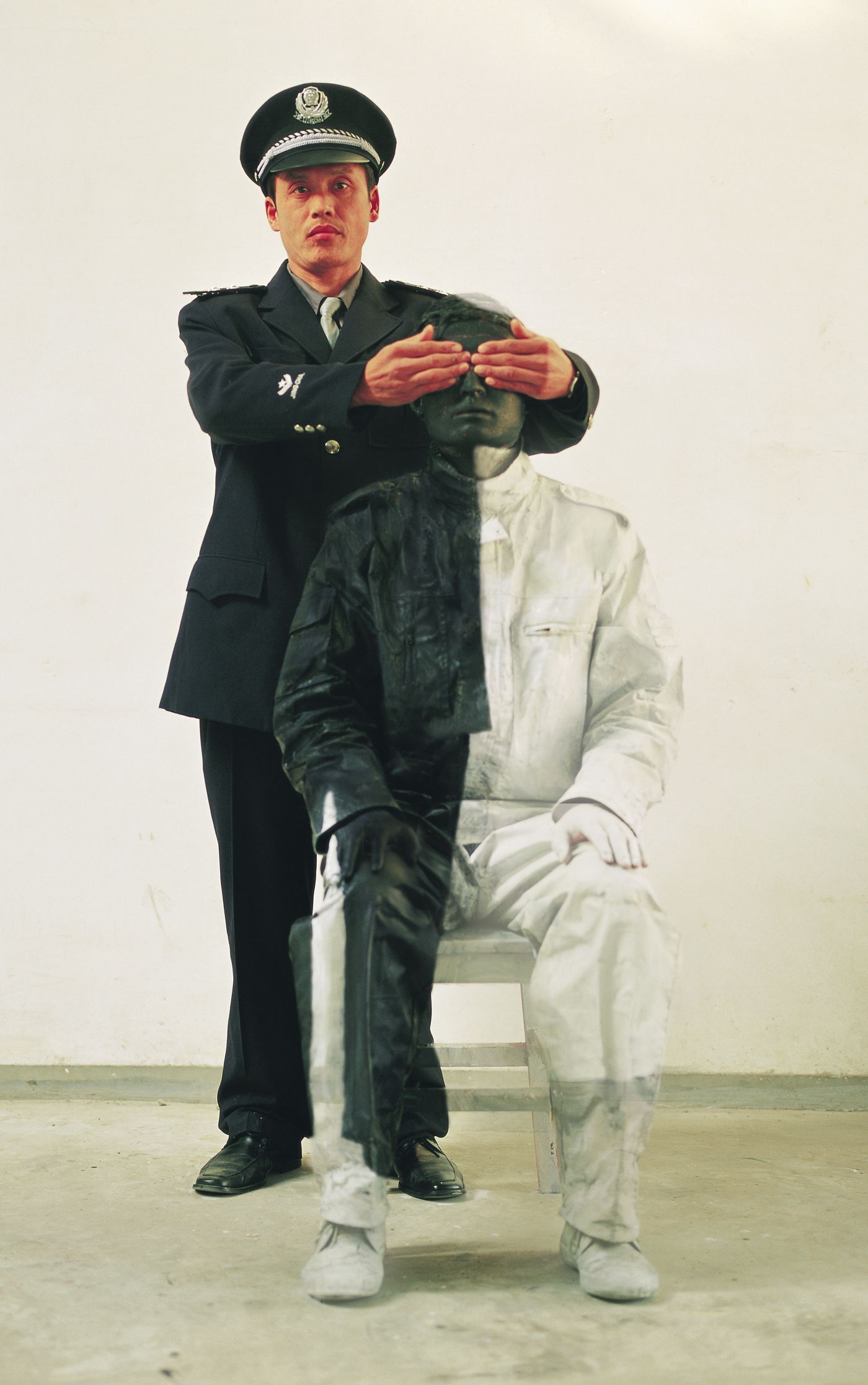
Hiding in the City No. 17- People's Policeman, 2006, © Liu Bolin
Courtesy of Eli Klein Fine Art Gallery
Liu Bolin’s thought-provoking work captures the tension between individuality and society, urging us to reflect on our own environments and identities. His Hiding in the City series continues to challenge and inspire audiences worldwide.
Solo Exhibition:
Liu Bolin at Eli Klein Fine Art Gallery
June 29 – August 28, 2011
462 West Broadway, New York, NY 10012
Open Daily: 11am–7pm
Tel: (212) 255-4388
